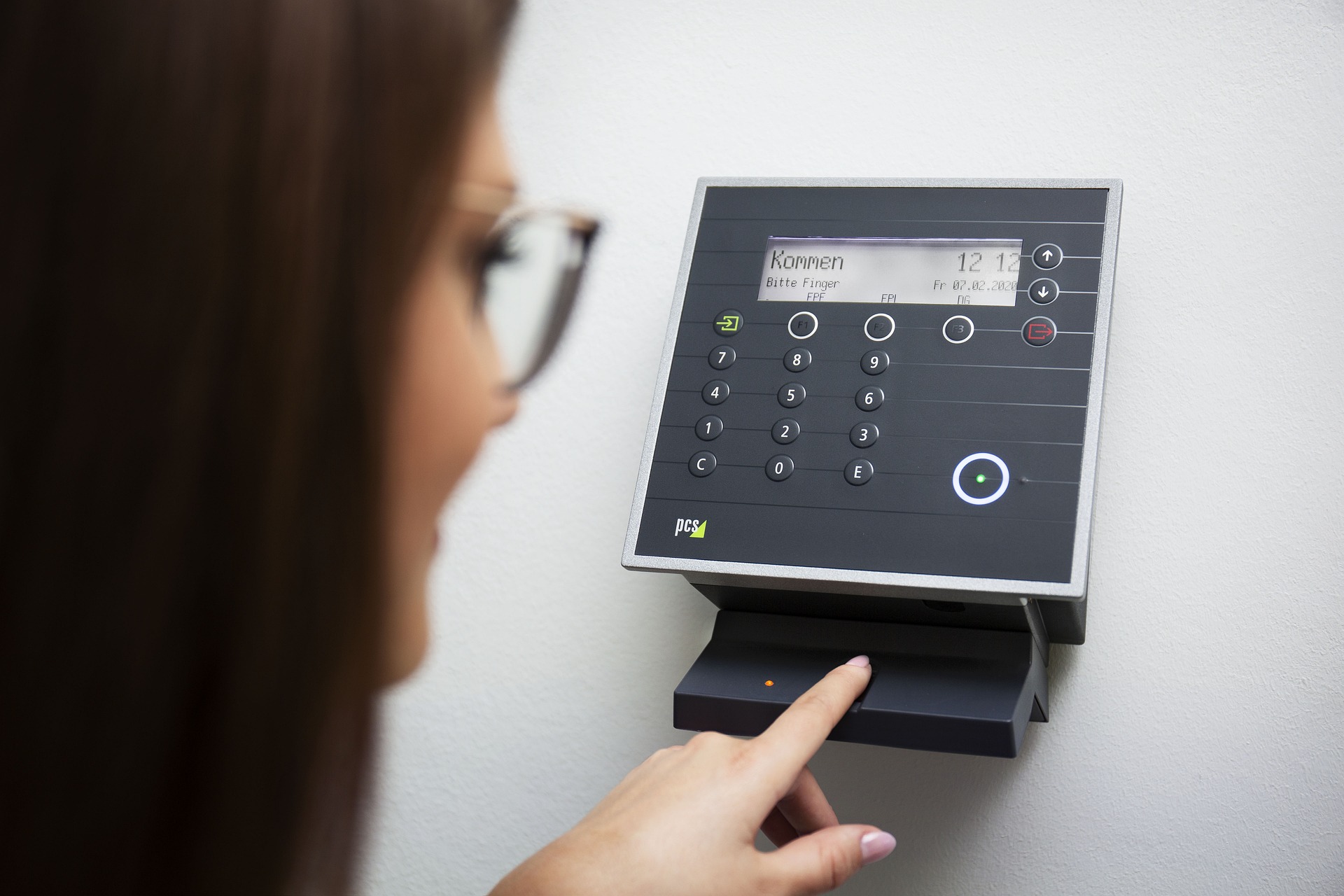Harnessing the Power of Low Earth Orbit (LEO) Satellites for Telecommunications
With the rapid advancement of technology, the world has seen a significant shift in the way we communicate. One of the most influential developments in recent years has been the rise of Low Earth Orbit (LEO) satellites. These devices, positioned much closer to the earth than traditional satellites, have the potential to revolutionize the telecommunications industry by providing faster, more reliable internet connections.

Historical Context and Technological Developments
The concept of using satellites for telecommunications isn’t new. However, traditional satellites are placed in geostationary orbits, about 36,000 kilometers above the Earth. While they cover a large area, the distance results in latency issues, affecting the speed and reliability of connections. LEO satellites orbit at much lower altitudes, typically between 1,200 and 1,600 kilometers. This significantly reduces latency, making them perfect for providing high-speed internet.
Current Industry Trends and Regulatory Changes
The trend toward LEO satellite internet is growing, with several companies launching their constellations. SpaceX’s Starlink, with over 1,000 satellites already in orbit, is the most well-known. Other players include OneWeb and Amazon’s Project Kuiper. Regulatory bodies worldwide are taking note of this trend and updating their policies to accommodate these new technologies.
Impact, Challenges, and Practical Applications
The impact of LEO satellites on telecommunications could be immense. They could bring high-speed internet to remote areas, where laying traditional cables is impracticable. However, challenges exist. The sheer number of satellites required to provide global coverage is substantial, leading to concerns about space debris. Additionally, the initial cost for consumers is high, potentially limiting accessibility.
Backed by Research
Research supports the potential of LEO satellites. A study by the University of Texas at Austin found that LEO satellite networks could provide internet speeds comparable to terrestrial networks. However, it also highlighted the need for effective space debris management.
Balancing Depth and Accessibility
While the technical aspects of LEO satellites can be complex, their potential benefit is simple: they could provide high-speed internet to anyone in the world. This revolution in telecommunications could change how we work, learn, and connect with each other.
In conclusion, LEO satellites represent an exciting development in telecommunications. With their potential to deliver high-speed internet globally, they hold the promise of a more connected world. However, we must also navigate the challenges they present, including space debris and cost. As we move forward, it will be interesting to see how this technology evolves and shapes our future.




